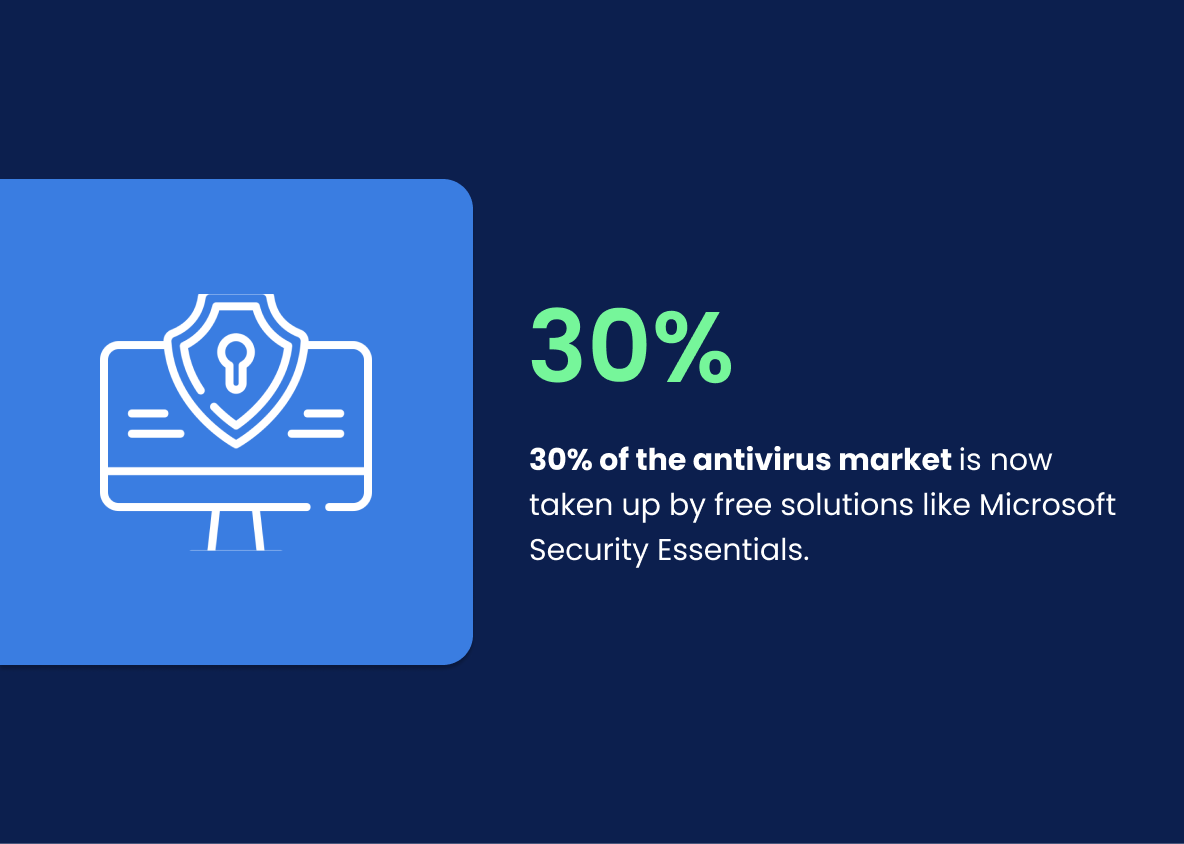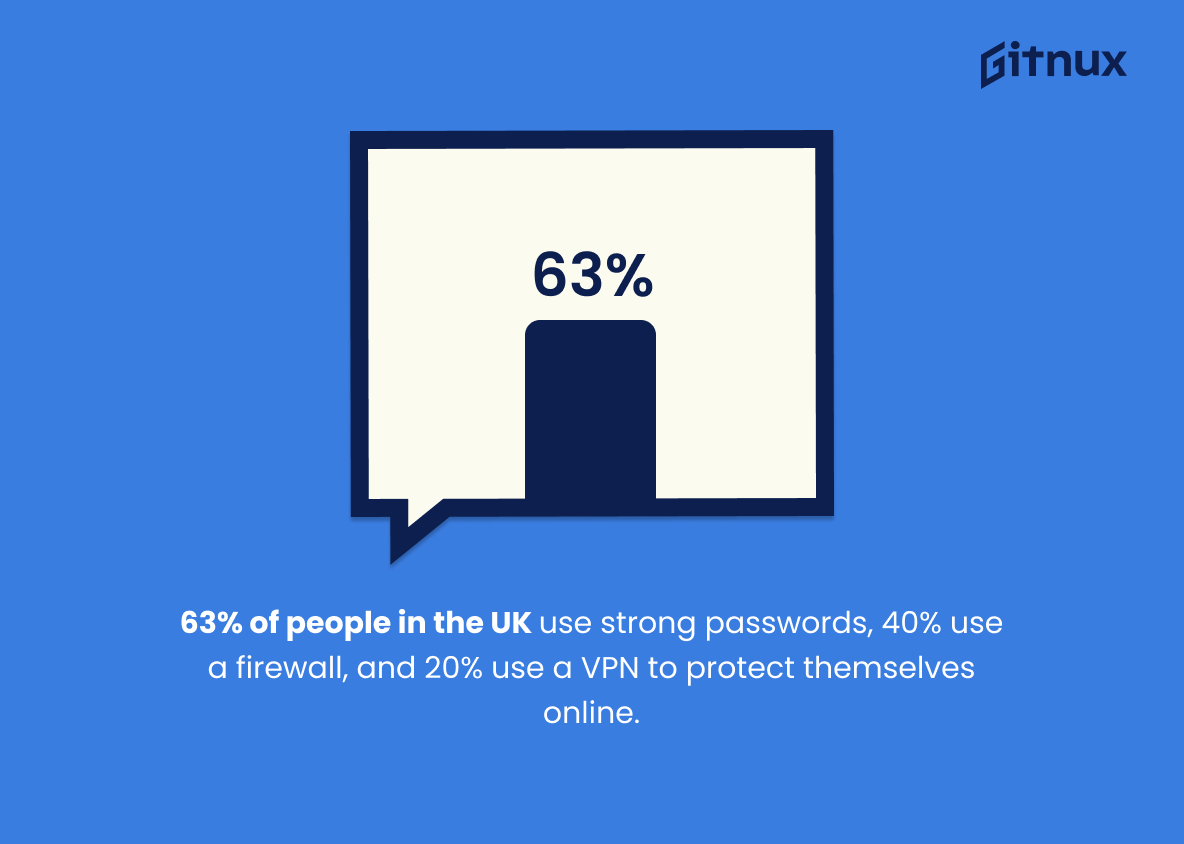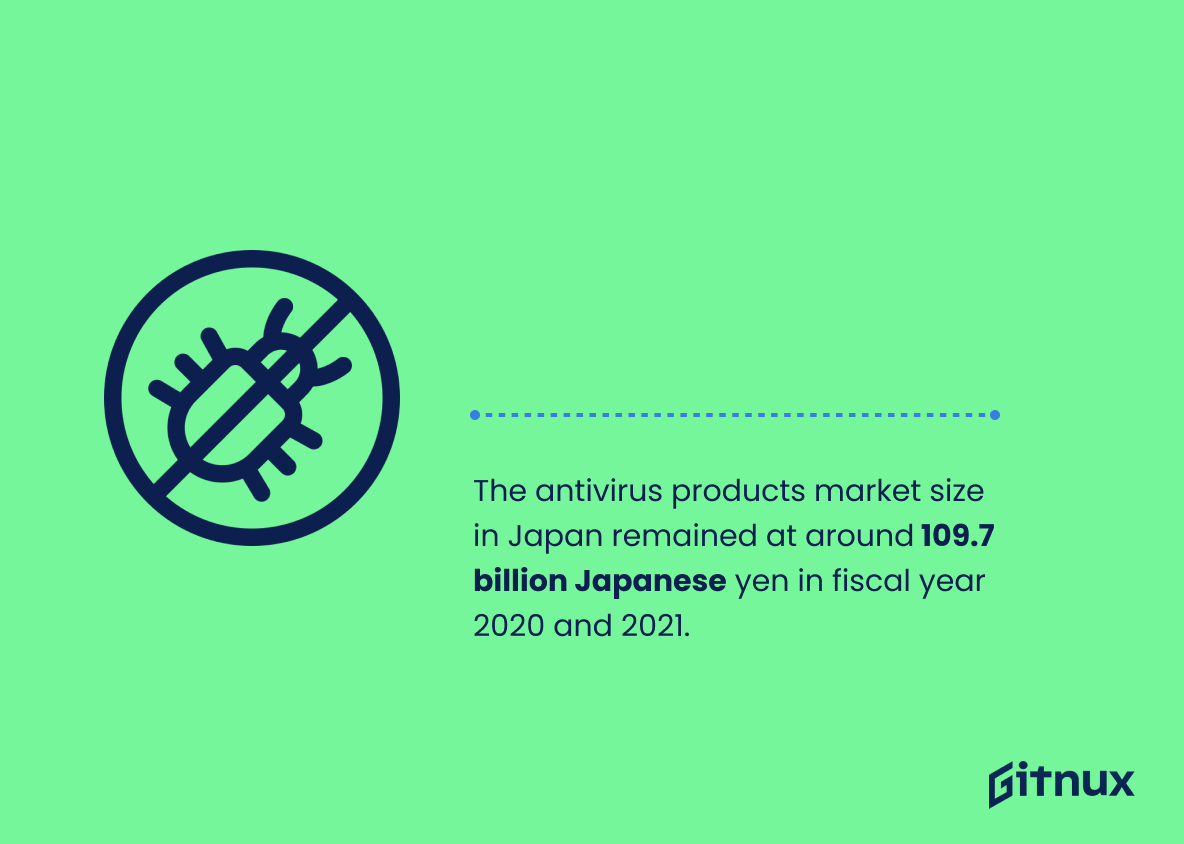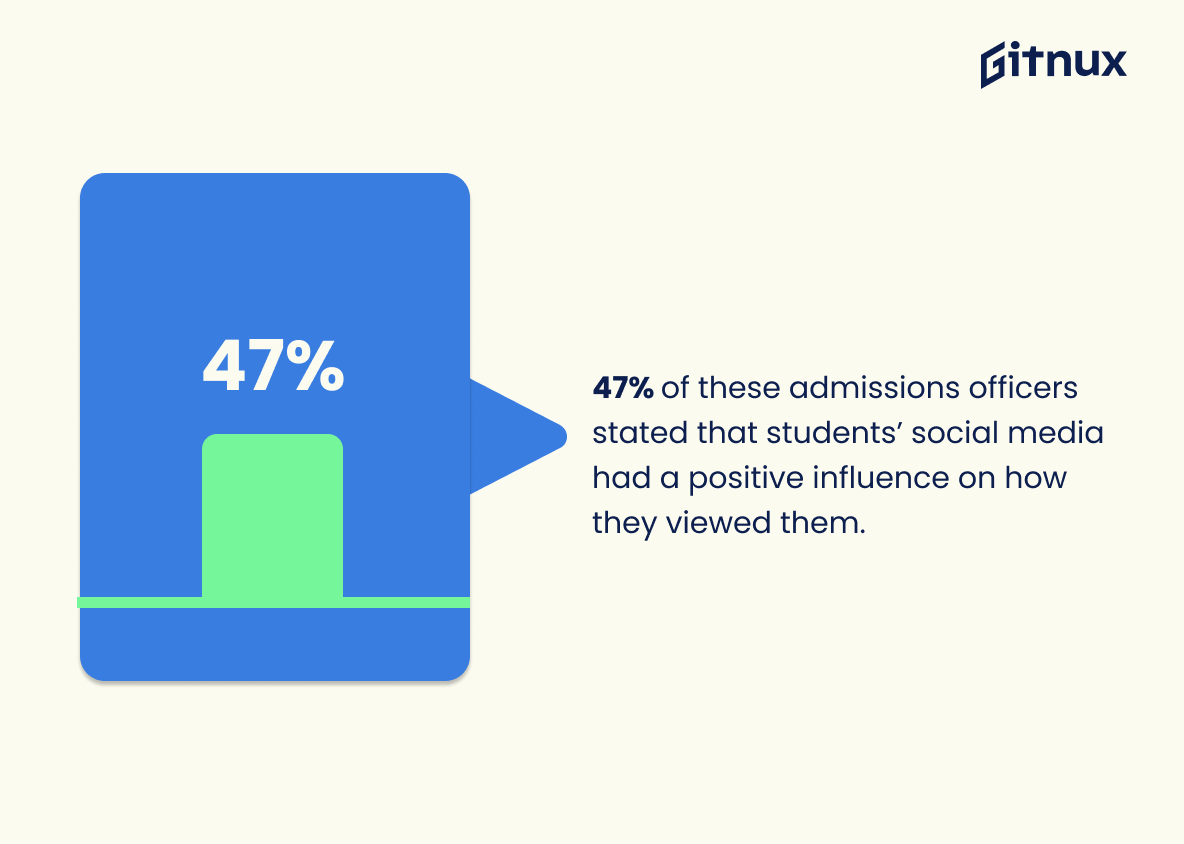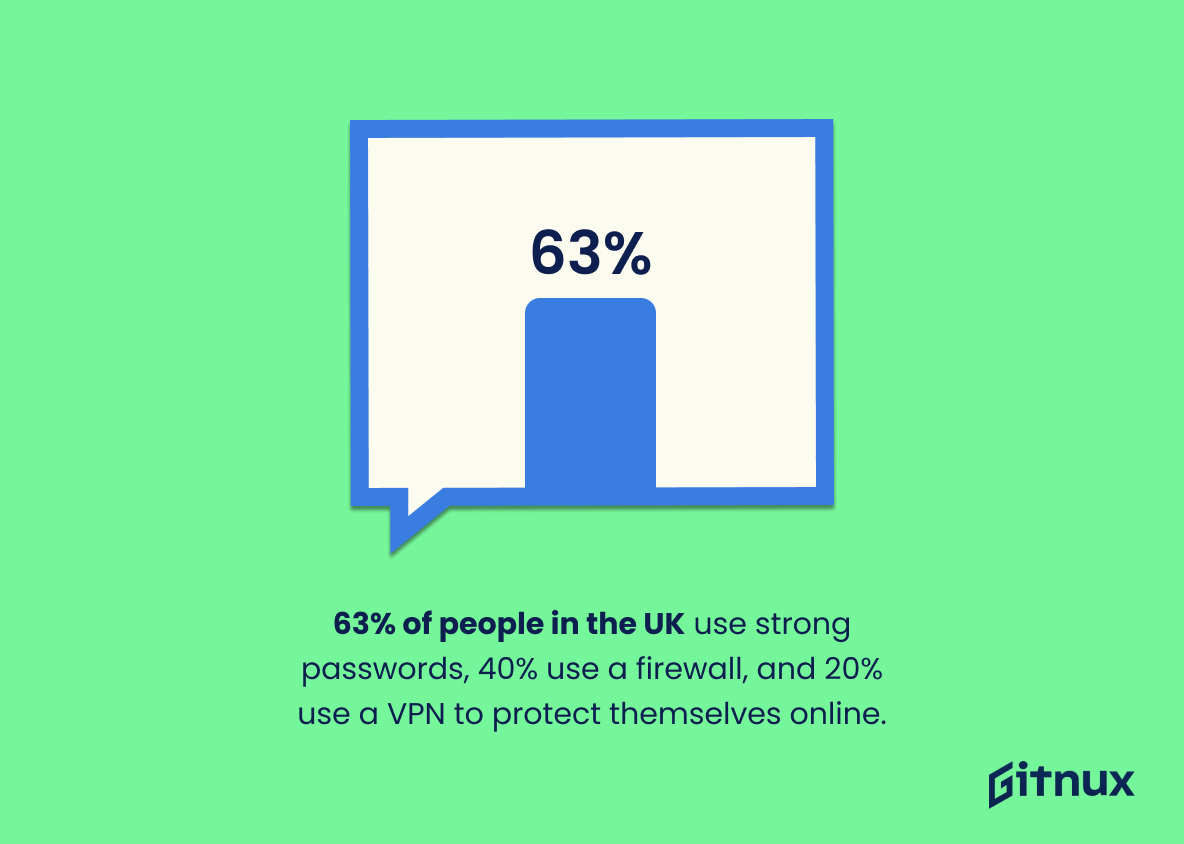The internet is a powerful tool that can be used for both good and bad. Unfortunately, it can also be a dangerous place, as cyber criminals are constantly looking for new ways to exploit vulnerable systems and steal data.
To protect yourself and your data, it is important to stay up to date on the latest antivirus statistics. In this blog post, we will take a look at some of the latest antivirus statistics and discuss how they can help you stay safe online.
Antivirus: The Most Important Statistics
63% of people in the UK use strong passwords, 40% use a firewall, and 20% use a VPN to protect themselves online.
Digital viruses are incredibly expensive, with the most costly one costing an inflation-adjusted $52 billion and businesses spending around $55 billion dealing with them annually.
Antivirus: Statistics Overview
Antivirus tools are widely used and provide essential protection against all threats. This is important because it shows the importance of antivirus tools in protecting our security and privacy on any device. Without them, our lives would be much more difficult. This highlights the need for antivirus tools and the importance of understanding the associated statistics and facts.
Technology has advanced to the point where it is now used in many sectors to increase production capacity, which is important for Antivirus Statistics because it allows for more efficient and accurate data collection and analysis.
Digital viruses are incredibly expensive, with the most costly one costing an inflation-adjusted $52 billion and businesses spending around $55 billion dealing with them annually.
This statistic highlights the importance of antivirus software in protecting businesses from the costly effects of digital viruses. The high cost of digital viruses and the amount of money businesses spend dealing with them demonstrate the need for antivirus software, which has become a massive industry as a result.
30% of the antivirus market is now taken up by free solutions like Microsoft Security Essentials.
This statistic demonstrates how the antivirus market has shifted in the past five years.
With the rise of free solutions, the market for antivirus has been significantly impacted and is now worth an estimated $713 million in 2020. This information is important for businesses to consider when deciding which antivirus solution to invest in.
There is an increase in cyber threats due to the rise of internet users and electronic devices, which makes antivirus programs more important. For the Antivirus Statistics, it highlights the importance of having an antivirus program installed in order to protect people and companies from cyber threats. It also shows that the need for antivirus programs is increasing as cyber threats become more prevalent.
Smartphones and PCs are the most widely used tech inventions in the world, due to their diverse applications. In this way, you can see the prevalence of these devices, which are the most likely to be targeted by malicious software and viruses. Knowing the prevalence of these devices helps inform antivirus companies on how to best protect them.
63% of people in the UK use strong passwords, 40% use a firewall, and 20% use a VPN to protect themselves online.
While the majority of people in the UK use an antivirus solution, there is still a long way to go in terms of online security. It is important for people to use strong passwords, firewalls, and VPNs in order to protect themselves from cyber threats.
The antivirus products market size in Japan remained at around 109.7 billion Japanese yen in fiscal year 2020 and 2021.
This statistic matters in the context of antivirus statistics, as it shows that the antivirus products market size in Japan has remained relatively stable over the past two fiscal years. This indicates that the demand for antivirus products in Japan is consistent and that the market is likely to remain strong in the future.
The increase in the use of electronic devices and internet users has led to a rise in digital dangers, malware attacks, viruses, spyware, and other threats. In such manner, it highlights the importance of having antivirus protection in place to protect against these threats.
This is especially true in the current climate, where remote working has become more prevalent, and the number of connected devices has increased. Having antivirus protection in place can help protect against these threats and ensure that businesses and individuals remain safe online.
Antivirus solutions have emerged to protect individuals and businesses from cyber threats, which is important due to the increased risk of digital threats. This demonstrates the need for antivirus solutions to protect users from cyber threats. It also highlights the importance of computer literacy and smart browsing habits to help protect users from cybercriminals.
Conclusion
In conclusion, antivirus statistics are an important tool for understanding the current state of computer security. They can help us identify areas of weakness and areas of strength, and they can help us plan for the future.
They can also help us understand the impact of different security measures and the effectiveness of antivirus software. By understanding these statistics, we can make better decisions about how to protect our computers and our data.
References
Mybasis: “48 Antivirus Statistics, Facts and Insights That You Must Know”, cited February 2023 (source)
Enterpriseappstoday: “Antivirus Statistics – Trends, Facts and Best Antivirus Software?”, cited February 2023 (source)
Trustradius: “The Hottest Antivirus Statistics for 2022”, cited February 2023 (source)
Webinarcare: “Antivirus Statistics 2022 – Everything You Need to Know”, cited February 2023 (source)
Safeatlast: “18 Thought-Provoking Antivirus Statistics for 2022”, cited February 2023 (source)
Osqa: “Antivirus Statistics, Facts and Insights That You Must Know”, cited February 2023 (source)
Cybercrew: “Antivirus Usage Statistics [2022]”, cited February 2023 (source)
Statista: “Antivirus products market size in Japan from fiscal year 2017 to 2020 with a forecast until 2021”, cited February 2023 (source)
Wethegeek: “Antivirus and Cybersecurity Statistics & Facts 2021”, cited February 2023 (source)
Safetydetectives: “Antivirus and Cybersecurity Statistics, Trends & Facts 2022”, cited February 2023 (source)
